Introduction
Every person is shaped by time—but not everyone is treated equally because of it. Age bias (or ageism) influences how people are seen, heard, and valued throughout life. It defines who is considered capable, relevant, employable, or wise, often based more on stereotype than reality.
This framework explores bias across the lifespan, from early childhood to old age. It helps educators, employers, and community members recognize the assumptions that attach to every generation and age group. By seeing people as individuals rather than categories, we promote lifelong inclusion, empathy, and respect.
1. Cognitive & Psychological Biases
| Bias | Definition / Description |
|---|
| Stereotyping Bias (Age) | Assigning fixed traits to age groups (“teens are lazy,” “older people are bad with technology”). |
| Recency Bias | Assuming new ideas or younger perspectives are inherently better or more relevant. |
| Familiarity Bias | Feeling more comfortable with people near one’s own age and avoiding others. |
| Attribution Bias | Explaining behavior through age (“she’s too young to understand,” “he’s too old to change”). |
| Confirmation Bias | Noticing examples that reinforce existing beliefs about age groups. |
| Projection Bias | Assuming others see time, work, and life priorities the same way one’s own generation does. |
| Perceived Competence Bias | Linking energy or appearance to ability or intelligence. |
2. Sociocultural & Structural Biases
| Bias | Definition / Description |
|---|
| Age Hierarchy Bias | Valuing certain age groups’ opinions (usually middle-aged adults) over others. |
| Institutional Age Bias | Workplace or policy structures that favor one generation (e.g., promotion timelines or pension systems). |
| Employment Bias | Hiring or firing decisions influenced by assumptions about age-related productivity. |
| Healthcare Bias | Providing different quality of care or treatment urgency based on perceived age worth. |
| Economic Bias | Allocating funding or benefits disproportionately toward one age demographic. |
| Technology Bias | Assuming digital proficiency belongs to youth and technical incompetence to elders. |
| Cultural Representation Bias | Media portrayals that glorify youth and marginalize aging. |
3. Moral & Ideological Biases
| Bias | Definition / Description |
|---|
| Moral Decline Bias | Believing each younger generation is less moral or disciplined than the last. |
| Golden Age Bias | Romanticizing a past era or older generation as inherently better. |
| Youth Worship Bias | Treating youth as synonymous with innovation, progress, and creativity while dismissing older perspectives. |
| Productivity Bias | Linking human worth to output or economic value, disadvantaging the very young and very old. |
| Wisdom Essentialism Bias | Assuming all elders are wise or all youth are naïve, flattening real diversity of experience. |
| Change Resistance Bias | Viewing older people as inherently inflexible or opposed to new ideas. |
| Generational Morality Bias | Assigning virtue or blame to entire cohorts (“Boomers ruined the economy,” “Gen Z is entitled”). |
4. Educational & Communication Biases
| Bias | Definition / Description |
|---|
| Instructional Bias | Teaching or training that assumes a specific level of digital fluency or cultural reference. |
| Voice & Participation Bias | Prioritizing louder, faster speakers (often younger) over slower or reflective communicators. |
| Representation Bias | Excluding older or younger perspectives from classroom materials or media. |
| Feedback Bias | Providing patronizing or condescending feedback based on age. |
| Mentorship Bias | Assuming guidance should only flow from older to younger, rather than reciprocal learning. |
| Digital Native Bias | Expecting young people to be automatically tech-savvy and dismissing those who are not. |
| Generational Label Bias | Using generational names (“Boomer,” “Millennial,” “Zoomer”) as shorthand for behavior or worth. |
| Bias | Definition / Description |
|---|
| Overcorrection Bias | Overcompensating by idealizing youth or elders instead of balancing perspectives. |
| Denial Bias | Claiming age is “just a number” to avoid confronting structural or attitudinal ageism. |
| Ally Superiority Bias | Acting as a “defender” of older or younger groups for recognition rather than fairness. |
| Resentment Bias | Framing generational differences as competition for resources instead of collaboration. |
| Equivalence Bias | Treating all generational issues as equal, ignoring distinct barriers (e.g., workplace discrimination vs. school exclusion). |
| Token Representation Bias | Including one “youth” or “elder” voice to appear balanced without genuine engagement. |
Conclusion
Age bias is one of the few prejudices everyone eventually experiences if they live long enough. Every generation inherits both progress and prejudice from the last. True inclusion means recognizing that each age brings its own insights, vulnerabilities, and value.
When we stop ranking generations, we start learning across them.


Member discussion